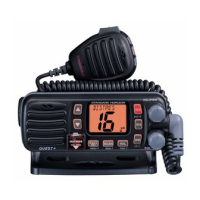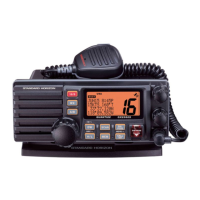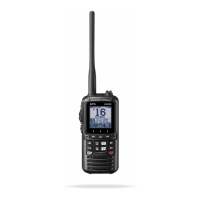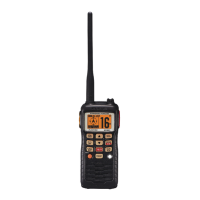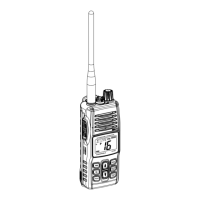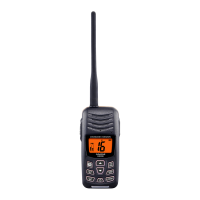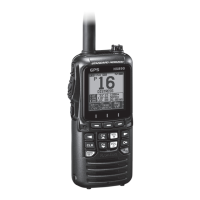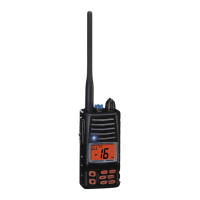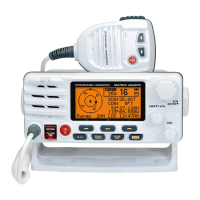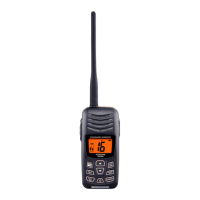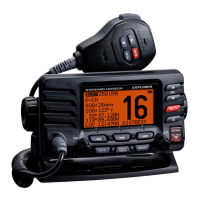GX1255S
QUEST GX1255S
25 Watt VHF/FM
Marine Transceiver
Owner's Manual
l RTCM SC-101 DSC Distress call with your exact posi-
tion when connected to a GPS
l Compact and Simple Operation
l 3 year waterproof warranty
l Backlit Keypad and LCD displays latitude/longitude
when connected to a GPS
l Channel Name, GPS Time or GPS Position Repeating
shown on the display
l NOAA Weather Alert
l One-button access to Channel 16 and 9
l Access to all US, Canadian and International Channels
l Versatile User-programmable Scan, Priority Scan and
Dual Watch
l Microphone with Channel Slection.
